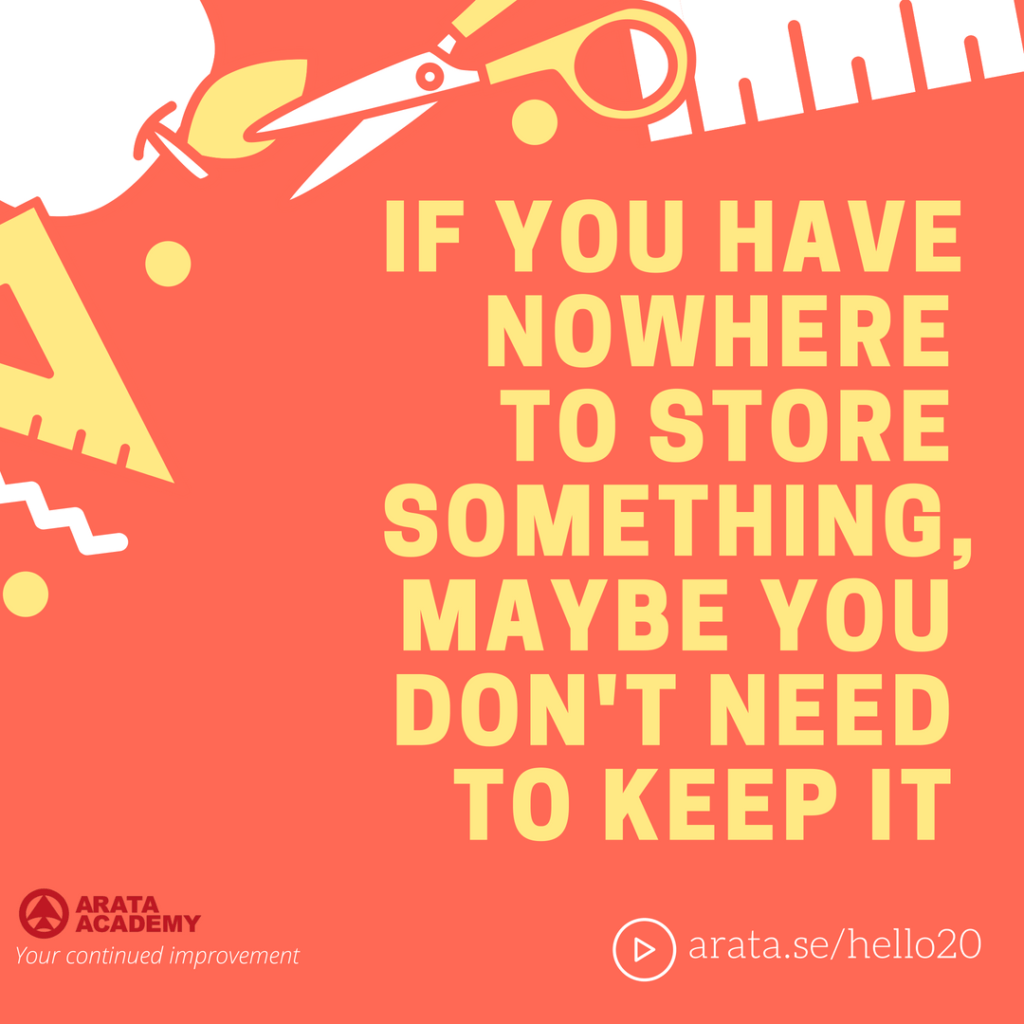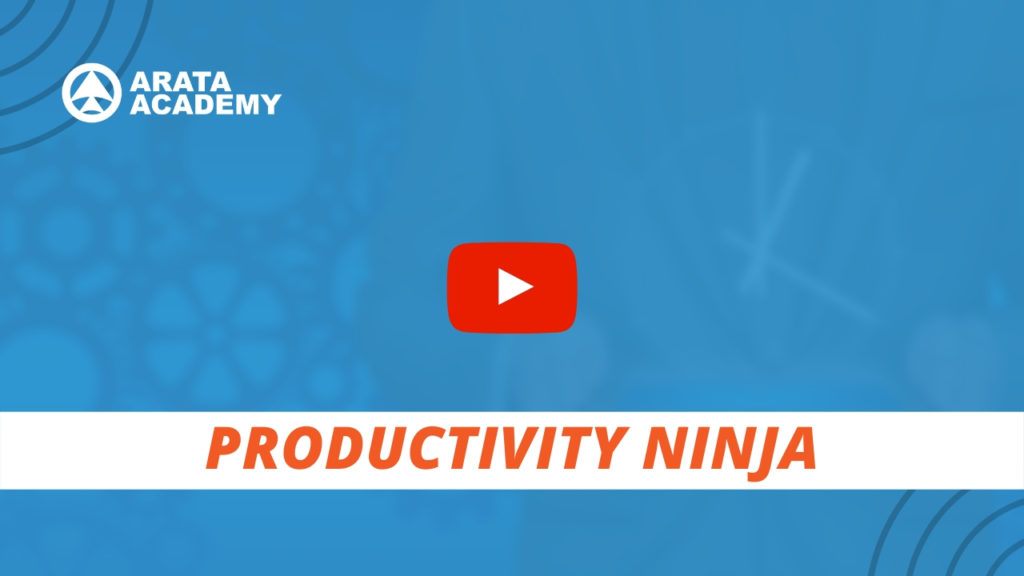Hello! Seiiti Arata. Clutter is a complicated problem to solve. A t-shirt is not only a t-shirt: it has a story. Same thing for all those gifts, books and items we are storing. Each has a lot of meaning to us. On the one side we dislike the clutter, but on the other side we like the emotions these items provide us, whether it is nostalgia, love, security or the memory of a dear person in our lives.
Because of this conflict, decluttering our home is a decision-making exercise. We have to evaluate what feeling is more important to us and then decide whether to keep each item or to let it go. This is tiring, and we procrastinate.
The first step to declutter your home is CLARITY. We know that, as with any other form of procrastination, we can get it done, and we know that we will feel so much better when we are finished. But still we resist starting. This leads to accumulated tension and irritation.
This is why we will take the first step of remembering why we are doing this. Decluttering will lead to a more peaceful life. It will change our mindset so we spend less money buying things we hardly use, and we waste less time cleaning and maintaining all that stuff. We have less emotional attachment to things.

Here are four tips to identify what is clutter so we can overcome the procrastination and do something about them:
1. Items we like, but we don’t use.
We all have an idealised self: maybe it is the artist. The athlete. The masterchef. The intellectual bookworm. Each of these roles needs some gear or equipment that can quickly become clutter when we no longer use it. We save the items to preserve that ideal self in our imagination.
In many cases the best thing to do is to keep the item and start using it (instead of getting rid of it). As we put the item to use, we start living the life we want and get closer to the lifestyle of the idealised self.
2. Maybe-I-will-need-it-someday items.
These are also items with some mismatch between our current lifestyle and the imaginary lifestyle. If I haven’t used those rubber boots to go walk in the swamp over the last seven years, it is very unlikely I will go anytime soon. If the popcorn machine is so annoying to clean that I’ve been making popcorn in a regular pan, it is a clear signal that the machine should go. This is all clutter, things that are unnecessarily occupying space.

3. Homeless items.
Ideally each and every item should have a “home”—a specific place where we always keep it and know where to find it.
Now, you know what the homeless items are. Sometimes they are in the drawer. Sometimes they are on the shelf, or someone left them on the kitchen table. We just never know where they are because they do not have a home.
Ask yourself: is this object important? If so, where it should be kept? Is there space available? What should we discard to find room to keep this item in its new home? These are all questions to help us with the decluttering.
If you have no place to store it, maybe it is an indicator that you don’t need to keep this item.
Sometimes the item is not clutter and should not be discarded, but it does not yet have a home. So we need to create a specific place for it. This happens a lot to small items and tools, cables, pens, documents, which are best kept together in a box.
4. Items being used (but not really)
Another problem is when we take an item from its home and keep it somewhere else because we are using it. It’s the dictionary we removed from the shelf and left on the table because we might need it again soon… and it has been there for more than a month, and we haven’t touched it. Or those tools we used a couple of weeks ago, and they are still lying on the floor because we might need to do some extra tweaks.
In this case the items are not clutter; they are simply misplaced because we believe the activity is still happening, when in fact it it’s already finished.

Today we saw four practical tips to apply as we take the first steps to declutter our home. We start by gaining clarity, and then we can ask the right questions in the decision-making process. This is how we can identify what is important and eliminate clutter. A simple life will bring much happiness as we clean up the mental mess from the physical space where we live.

